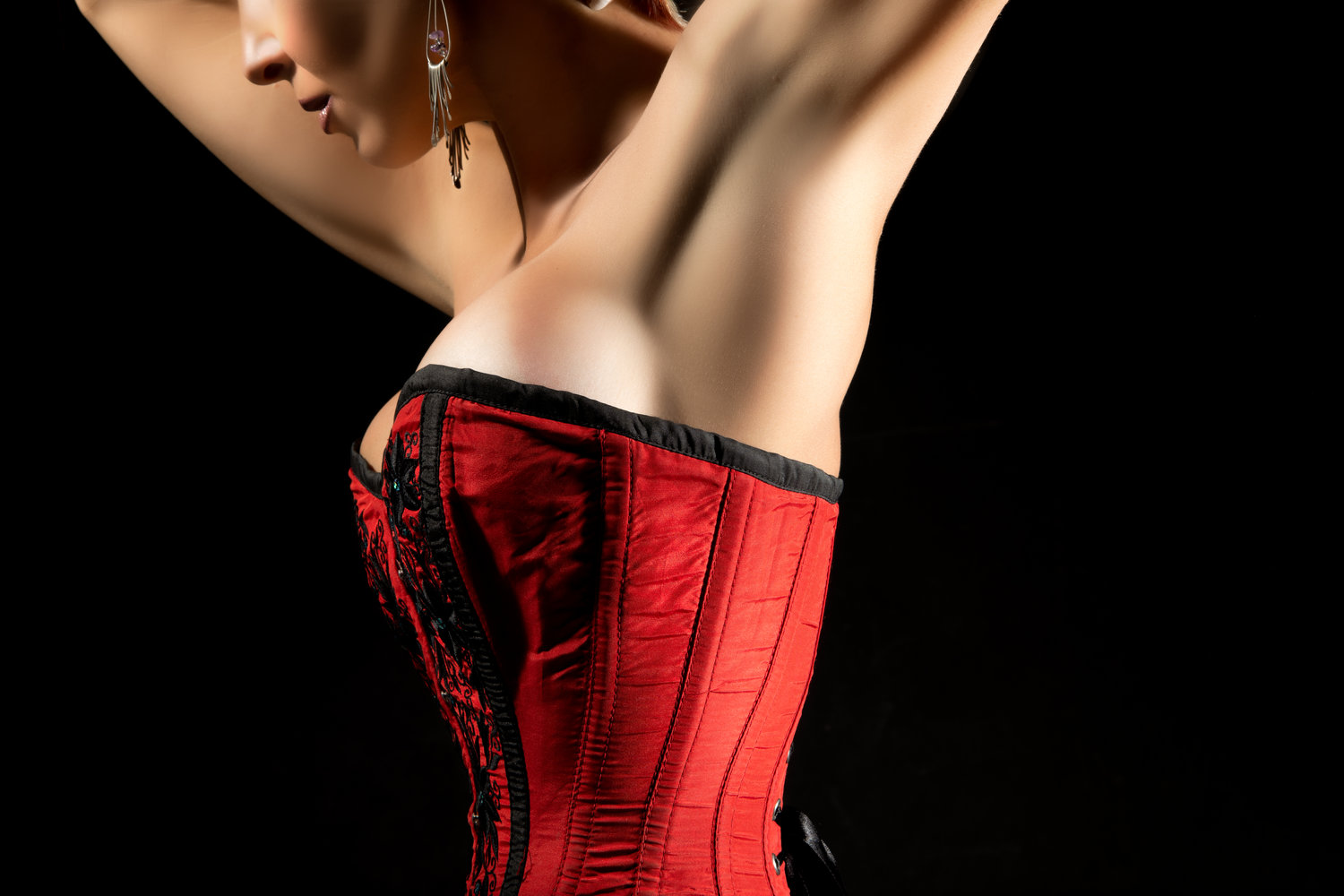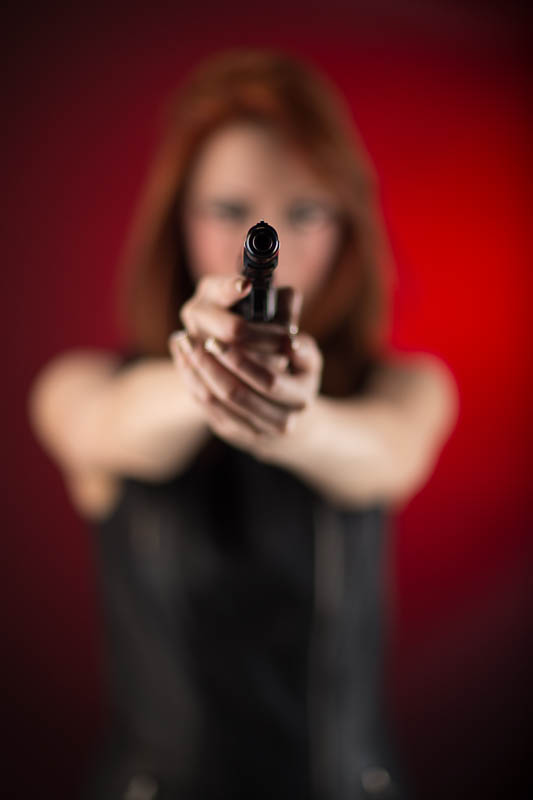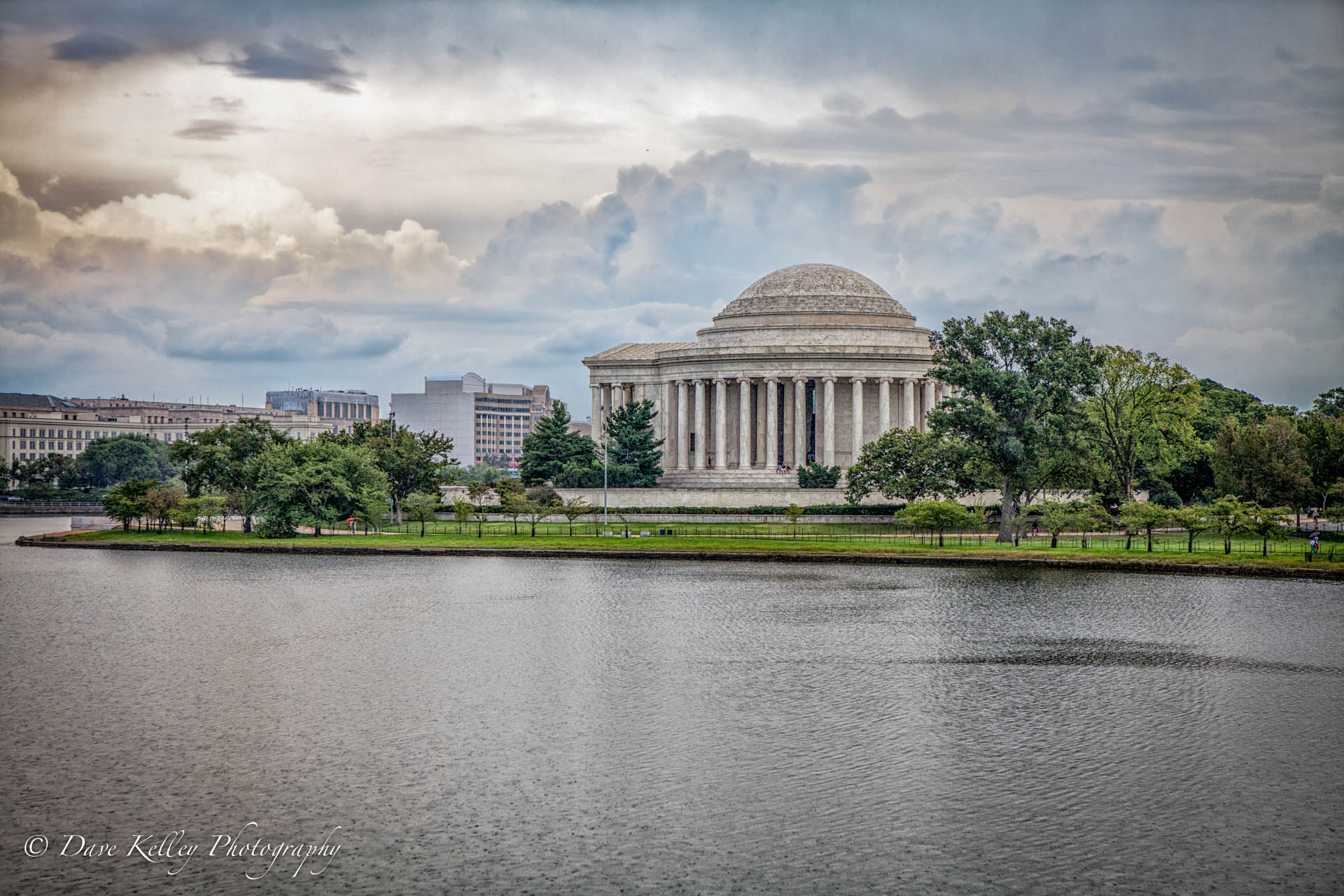Compositing...easier than your think
/Lately I've been doing a lot of compositing. I've seen it done for years and I've played with it in the past and I wasn't very happy with the end results much of the time. Like anything else, it's a 'season to taste' thing and someone's style may or may not be interesting to you. I'm starting to like my own work and that's all anyone can expect...liking ones own work. It's not as hard as it seems. There are plenty of tutorials on how to select a person out of a picture and then paste them into another with a background. I found what I like to do it differently and for me it looks more natural.
Masking is important. You need to know how to do that for sure, and it's way simpler than you'd think. By the way, when you learn masking you usually use black to paint in and white to reverse it. Consider that a gray in the middle can also paint in with built in opacity. It's that kind of playing that gives you options and options are good.
Here's an example.
Above: The fog was in the original shot...much easier that way. Obviously the contrast and saturation was bumped and a little liquify was used to add motion to her hair and coat. I masked the background from a layer but I didn't select her and place her in as is usually done. I actually did a simple brush in so that her hair wasn't choppy. I find this is often a preferred way for me because I can let a little of the color of a background fad into the skin or clothes around the edges. For example, if there is fire in the background, having a little bleed into an arm on the edge shows a bit of light reflection and adds a LOT to the look. You can also not blend in where there should be a shadow and it works well. Main thing is to play and have fun.
If you look close at Katrina's left arm and some of her belly you'll see that I intentionally blushed some background ocean in and it looks like a fade. This is because mermaids aren't really real...or so they say. So I wanted to add some subliminal wistfulness to the shot.
I simply use a brush and carefully run around the subject and with a fuzzy edge on the brush I've found I can get close to the skin and it looks fine. Sometimes you might see a slight dark edge were I didn't get that close but unless you are looking for it it's not that noticeable to the casual viewer. The story should keep their minds eye on the pictures as a whole and not the details.
I don't use a lot of layers. When I have the composition pretty much like I want it I might use a layer adjustment to make the brightness match like I want. There is a neat way to make an adjustment layer only affect the single layer under it. When it's good I flatten it and then start playing with filters. Usually the NIK Color Effects Pro.
Once done I save it back to Lightroom where I hit the Basics one more time adjusting contrast, shadows, and whites and blacks to get the look I like.
Enjoy. Play. And you know where I am if you have questions.



























